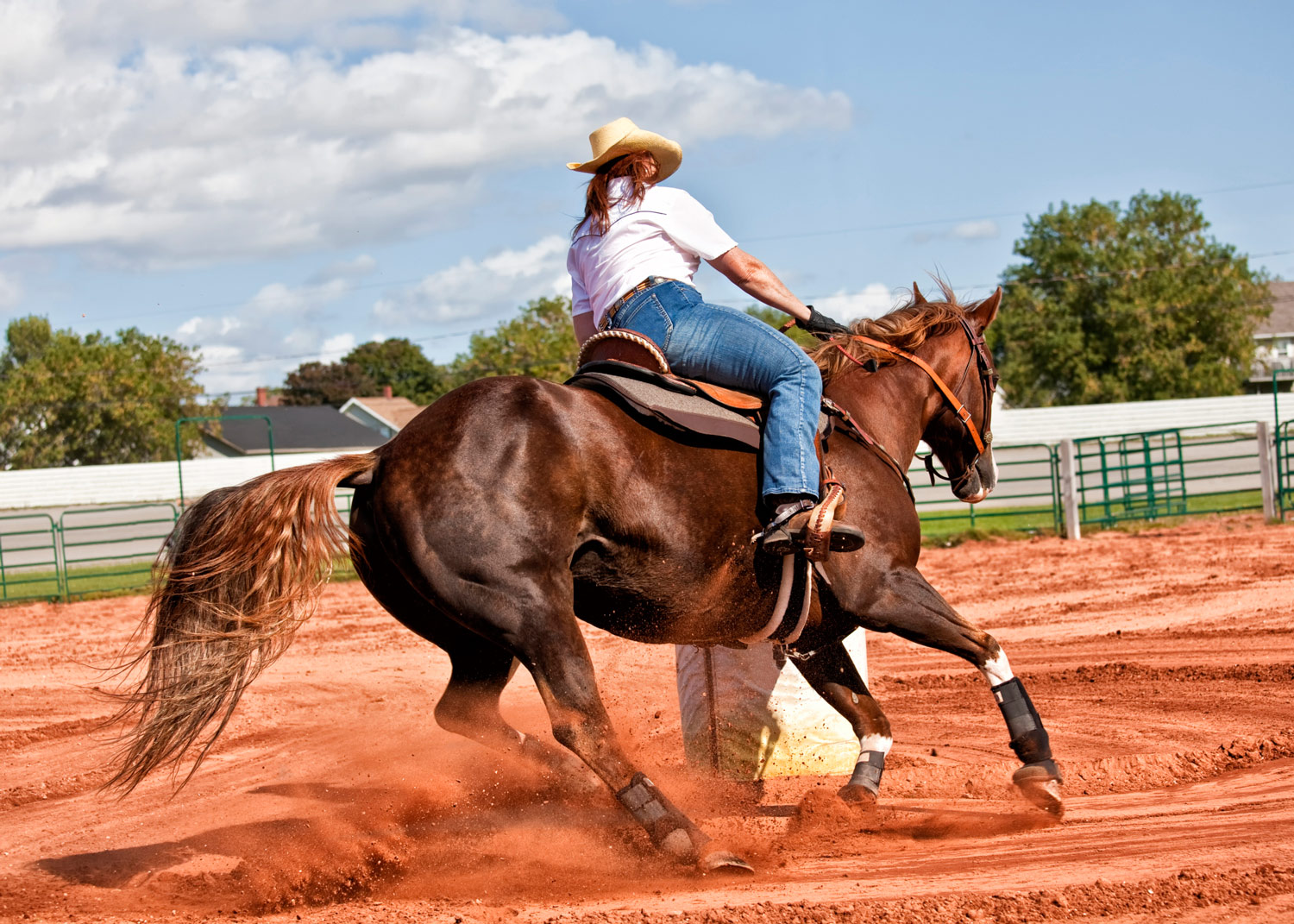
For horses, feeding fat is an invaluable dietary tool that provides energy and calories in substitution for grain yet without the adverse effects of grains. Forage components, such as hay or pasture, have little fat content. What little there is there, is not readily absorbable. Unlike most mammals, horses don’t have a gall bladder. Instead, a horse’s pancreas produces an enzyme (lipase) that digests (hydrolyzes) triglycerides (fats) in the intestines.
For stamina, speed and athletic maneuvers, a horse is dependent on two sources of energy stores in the body: fat and/or glycogen. Fat is used in the presence of oxygen during aerobic exercise. Digestion of fats produces a lower heat increment than digestion of starch or fiber, so there is reduced production of internal heat from a higher fat diet. Horses fed a fat-supplemented and hay diet lose 12% less water, which might be important in performance endeavors where hydration is a concern.
Fat as a fuel substrate for locomotion also lessens the degree of acidosis of the blood stream by improving use of glycogen from the muscles during high-speed work. For a horse that performs aerobic exercise, a high-fat diet spares glycogen stores for longer periods of time, thereby delaying fatigue.
Positive effects from fat supplementation only occur if a horse is fed a diet with some carbohydrates to allow for glycogen storage. A horse also must be in regular exercise and training to adapt to using fat as an energy source. Beneficial effects are seen when a horse is fed a diet of 5–10 % fat, but an amount above 10–12 % offers no improvement in performance, and in fact, can reduce muscle glycogen stores.
Fat is an excellent source of calories for the difficult keeper. Horses can only consume about 1½ – 2½ percent of their body weight each day, so it is often hard to pack in enough groceries, particularly to a horse in rigorous work. Supplementation with fat products makes it possible to cut back grain quantities fed, or even to eliminate grain products altogether. Fat is digested mostly in a horse’s small intestines, and if any escapes into the large colon, it won’t create the adverse effects on bacterial flora that grain starch does when it enters the large intestines.
For every pound of fat fed, equivalent to 2 cups of oil, the concentrate portion of the diet may be reduced by 1.25 pounds. Most horses see benefits with ¼-1 pound of fat supplementation per day. Because additional calories promote obesity, only feed fats to horses that require more calories to maintain an ideal body condition score.
Slow introduction of fat into a horse’s diet helps to avoid digestive upset. Start with ¼ cup twice daily, working up to as much as 1½ cups twice a day over the course of several weeks. At least three weeks of fat supplementation is necessary for a horse to obtain optimal benefits. In addition to improved athletic stamina, another benefit appears in the sheen of a horse’s hair coat as a result of feeding fat.


